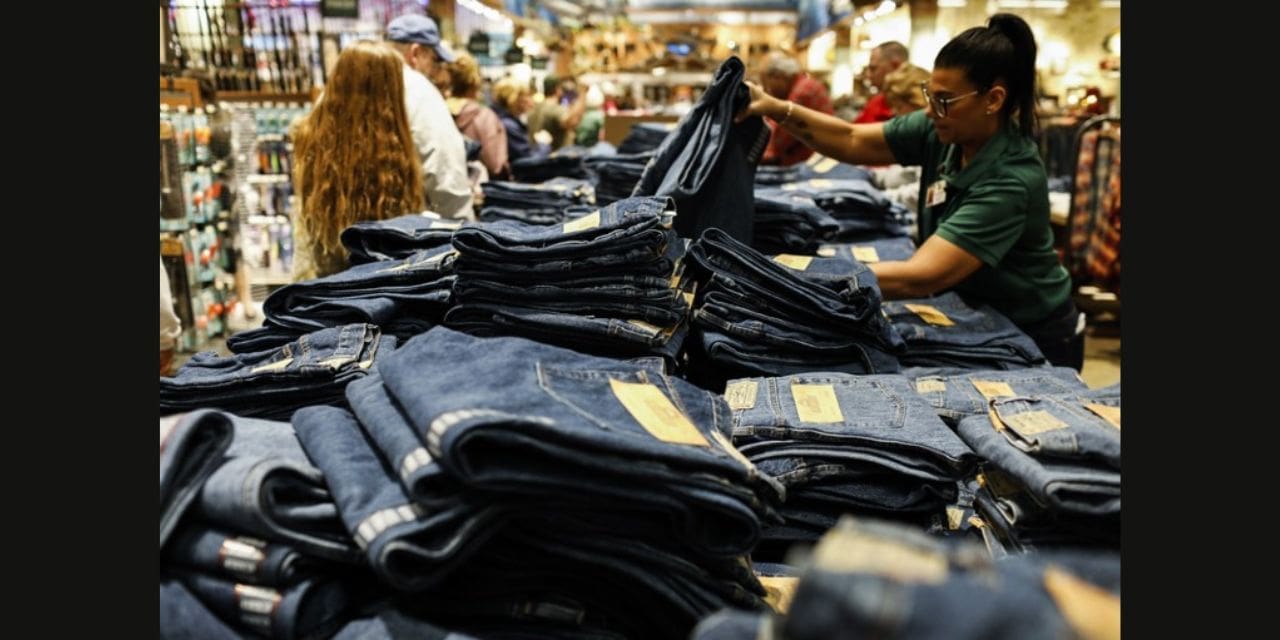The Aesop fable of the hare and the tortoise is well-known to us. It comes to mind when one considers the EU’s expansive textile strategy and its goal of eradicating fast fashion through a slew of legislative initiatives.
By rewriting the classic fable, we may predict robustness, endurance, and repairability by equating the hare with modern advancements like fibre measurement instruments. These are components of numerous EU policy instruments, such as the Green Claims Directive, the Ecodesign Directive, the Extended Producer Responsibility (EPR), and the EU’s Product Environmental Footprint Category Rules (PEFCR).
The tortoise, on the other hand, stands for methods that are steady and gradual and endure throughout time.
The majority of the instruments in the EU’s underlying policy and textile strategy now promote fabrics made of synthetic materials.
Ingun Grimstad Klepp, a professor of clothing and sustainability at Consumption Research Norway at Oslo Metropolitan University, stated at a recent Lasting project seminar (see lasting.world): “If we are demanding more durable products, using standard tests for strength, pilling, color-fastness, and abrasion, this means more plastic in apparel.”
Given that synthetic materials are typically lighter, plastic clothing is preferred when it comes to waste regulation and eco-modulating costs based on weight.
Synthetics triumph once more when considering recycled material as a tool for policy, despite the fact that this will mostly come from recycled bottles.
Last but not least, synthetics win out if LCAs are used to determine which fibres are favoured.
Overproduction is the biggest issue facing the fashion industry. From the beaches in Ghana to the Atacama Desert in Peru, visions of textile mountains and beaches packed with apparel should terrify us. The OR Foundation has begun conducting its own waste audits, which will provide us with useful information for the EU’s policy instruments. Every EU Member State is expected to conduct trash audits every two years, according to the updated EU trash Framework Directive.
These audits will display the real Duration of Service if the date products go on sale is included on all labels for clothes and other textiles.

